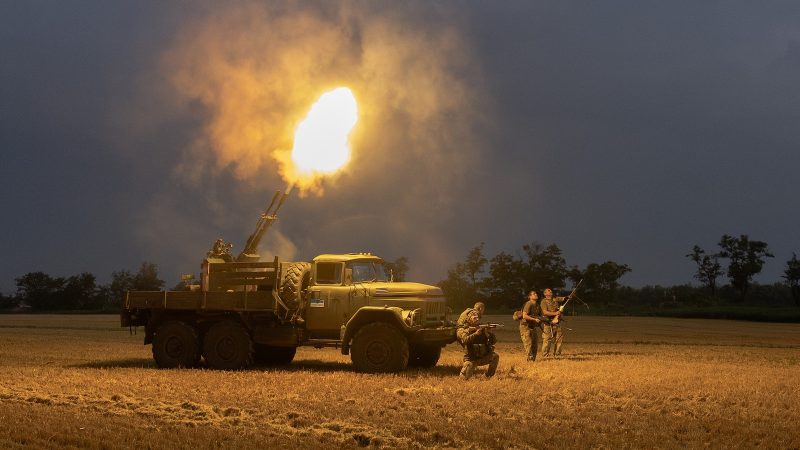
More than three years into the conflict, the nightly drone and missile attacks on Ukraine have become a grim routine for its citizens. This summer, however, has seen a terrifying escalation. July 2025 witnessed a record-breaking number of attacks, with Russia launching over 6,400 drones and missiles – a 13% increase compared to June. This relentless barrage forces Ukrainians to spend more time than ever in bomb shelters and underground stations, a stark testament to the ongoing brutality of the war.
The attacks began on February 24, 2022, alongside the initial ground invasion. Since then, the intensity and sophistication of these attacks have steadily grown. The Iranian-designed Shahed drone, rebranded as the Geran by the Russian military, has become a key weapon in this campaign. These drones, often referred to as “flying mopeds” due to their distinctive sound, have become a symbol of the constant threat hanging over Ukrainian cities and infrastructure.
The human cost of these attacks is devastating. June 2025 saw the highest monthly civilian casualty figures in over three years, with the UN reporting 232 deaths and 1,343 injuries. While Ukraine’s air defenses have shown impressive capabilities, intercepting around 89% of drones and 61% of missiles in July, the sheer volume of attacks still results in significant damage and loss of life.
The Ukrainian air force publishes daily tallies of Russian strikes, offering a stark picture of the ongoing assault. These figures reveal a dramatic increase in the frequency of attacks over the past few months: July saw an average of 201 drones and more than six missiles launched daily, compared to 181 drones and nearly eight missiles in June, and significantly fewer in May. Experts warn that Russia’s drone production capacity is rapidly expanding, potentially reaching 1,000 to 2,000 drones per day in the near future.
This escalating use of drones is particularly concerning due to their relative affordability and effectiveness. Estimates of the cost of a Geran drone vary, but they are significantly cheaper than traditional missiles, allowing Russia to sustain a high volume of attacks. Despite Western sanctions, components from Western companies continue to be found in downed drones, highlighting the ongoing challenges in restricting the flow of materials to Russia’s military industry. The use of a mix of strike and decoy drones further complicates Ukraine’s defensive efforts, requiring the constant deployment of mobile anti-aircraft units across the country.
While Ukraine has retaliated with its own drone strikes targeting Russian drone production facilities, these efforts have had limited success in stemming the flow of weapons. The sheer scale of these industrial complexes and their distance from the front lines make them difficult targets for Ukrainian forces. The ongoing conflict, therefore, remains a deeply troubling situation, with the relentless drone attacks adding another layer of complexity and danger to the lives of Ukrainian civilians.










